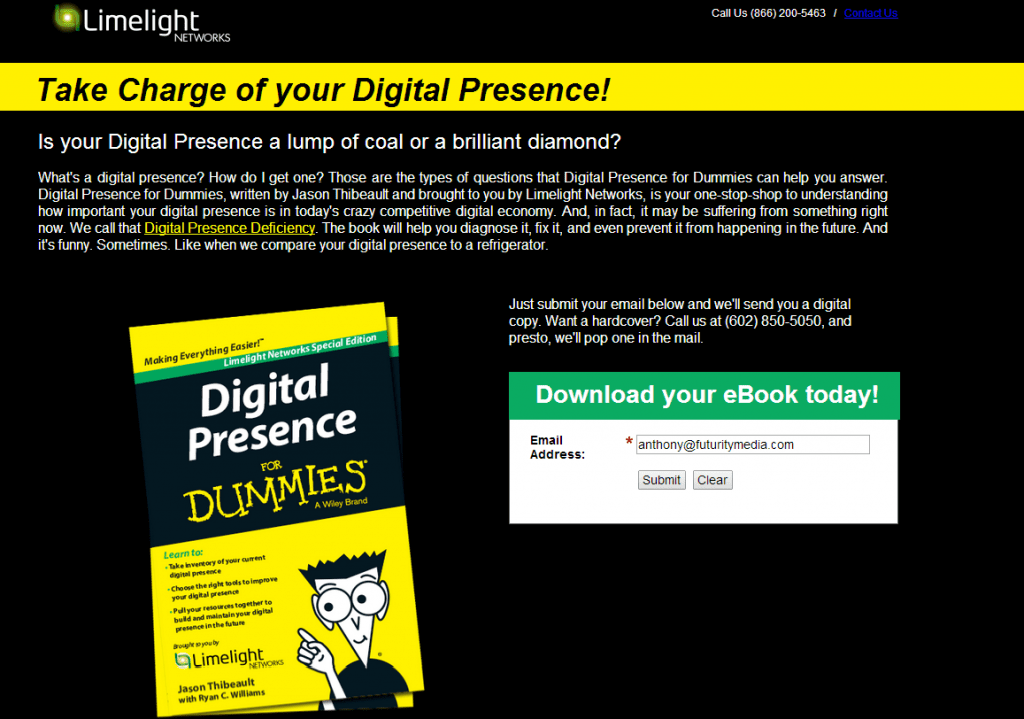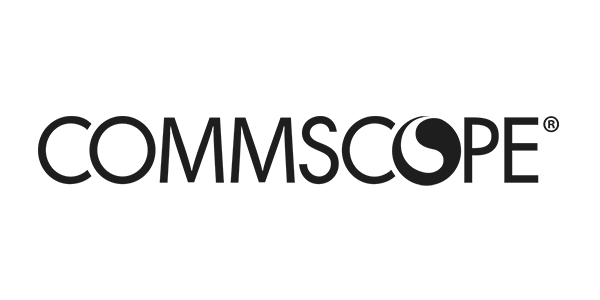Content marketing and the digital customer experience
Digital transformation and the digital customer experience (DCE) are two phrases that keep cropping up for us in our work at Futurity Media. There is a growing realisation that companies can’t treat the digital relationship as an afterthought to the main business, because it is rapidly taking centre stage. So the push towards a “mobile-first” or “social-first” strategy has now been overtaken by the next phase – a “digital-first” strategy.
Marketing is playing an increasingly important role in this transformation as companies look to integrate and optimise their multiple customer touchpoints. This is bringing diverse departments together for a common goal, including marketing, IT, social media, web, mobile and customer service.
Best practices in DCE
An interesting report from research company Altimeter had a look at some of the best practices of companies in digital transformation. Some companies had even formally integrated departments as part of their strategy. Motorola Solutions, for example, has created the MIT Group which is a formal union of marketing and IT to focus on an integrated approach to digital customer experience.
“These two functions have tremendous ability to impact customer experience through change,” Grant Ferguson at Motorola told Altimeter, “Marketing defines the vision of the company and value proposition for our customers, while IT touches and enables every part of our business and is the ultimate orchestrator of change. Combining these two functions allows us to more effectively align our strategy and execution to become a more customer solutions-driven business.”
It’s ineffective just adding digital functionality to your existing marketing strategy and hoping that this meets your customers’ requirements. Ford’s Scott Monty explained his company’s approach to digital: “For a long time, we’ve been based in TV and print, and digital extension was just a microcosm of the traditional campaign. [Our CMO] Farley is challenging the teams now to think digitally first.” And this requires the company the answer to the question: “What would my digital customer do?”
What does this all mean for content marketing?
Recent research from Econsultancy on digital marketing trends found that content marketing was the top priority for companies in 2014. In the business-to-business sector it was even more marked, with 24% of B2B companies identifying content marketing as the single most exciting opportunity for their organisation in 2014. In addition 44% of B2B marketers identify content marketing as one of their top-three priorities for digital marketing.
So how does this mesh with the digital transformation trend? Well, content marketing shouldn’t be used to simply assault customers with brand awareness and messaging, its role is to provide content that is genuinely useful for the customer. For example, a report from Deloitte and Salesforce.com points out that marketing content also needs to meet a service requirement.

Providing genuinely useful content is key
“Fast, personable customer service is a key element of the digital customer experience and it’s progressively merging into marketers’ online strategies,” says the report. “Real-time social media responses, how-to YouTube videos and Vines, and helpful content marketing all usher in an era where service is the new sales.”
Content is essential across the whole digital customer experience, but digital customers are not interested in traditional messaging-heavy content. They want real-time and relevant content that can help provide useful information, advice or recommendations.
J-P De Clerck from i-Scoop calls content marketing the glue that binds together the digital customer experience. I think that is a great description and explains why content continues to be high-priority in B2B organisations. Just make sure to use it to drive an integrated strategy.

![Create the ideal white paper in eight weeks [infographic]](https://www.futuritymedia.com/wp-content/uploads/2020/02/Futurity-Whitepaper-Timeline-Graphic-v6-header.jpg)

![New to ABM? Follow these 5 steps to drive complex sales [UPDATED]](https://www.futuritymedia.com/wp-content/uploads/2023/04/shutterstock_1225782988.jpg)



















